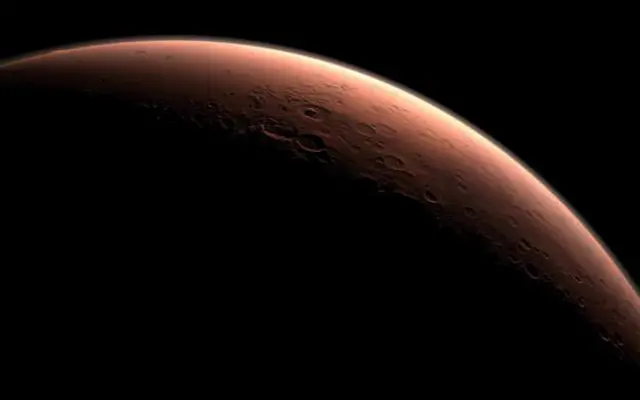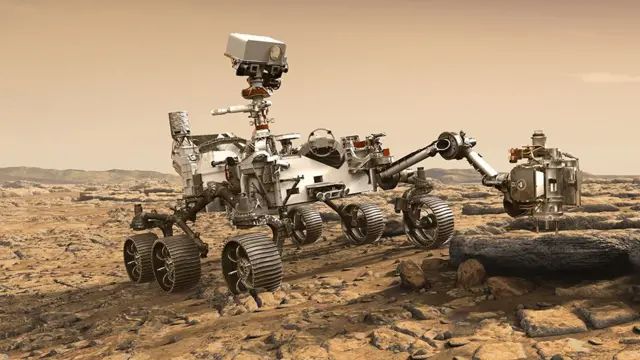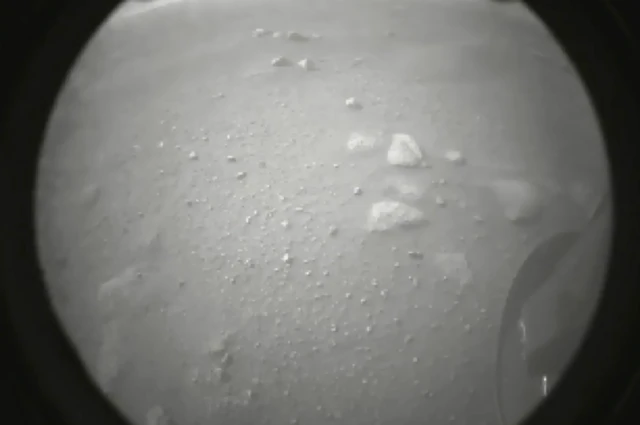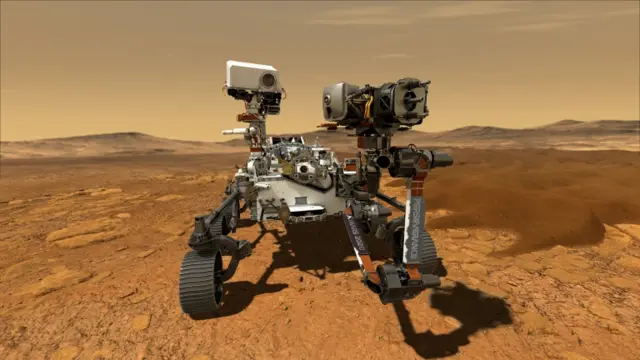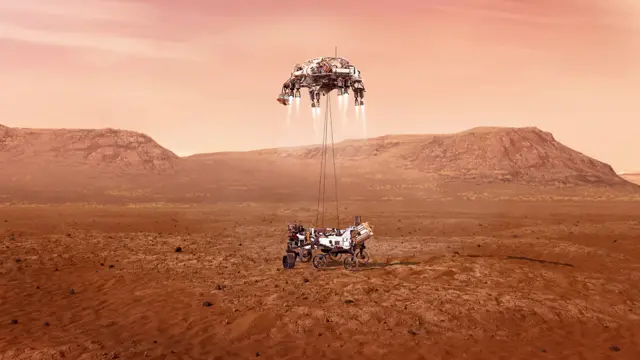Moonwalker cheers Mars missionpublished at 22:40 GMT 18 February 2021
Former US astronaut Buzz Aldrin, the second man to ever walk on the surface of the Moon, has tweeted a short video showing him applauding the scientists responsible for today's successful mission.
Aldrin, 91, has been a vocal advocate for human missions to Mars.
Allow X content?
This article contains content provided by X. We ask for your permission before anything is loaded, as they may be using cookies and other technologies. You may want to read X’s cookie policy, external and privacy policy, external before accepting. To view this content choose ‘accept and continue’.


